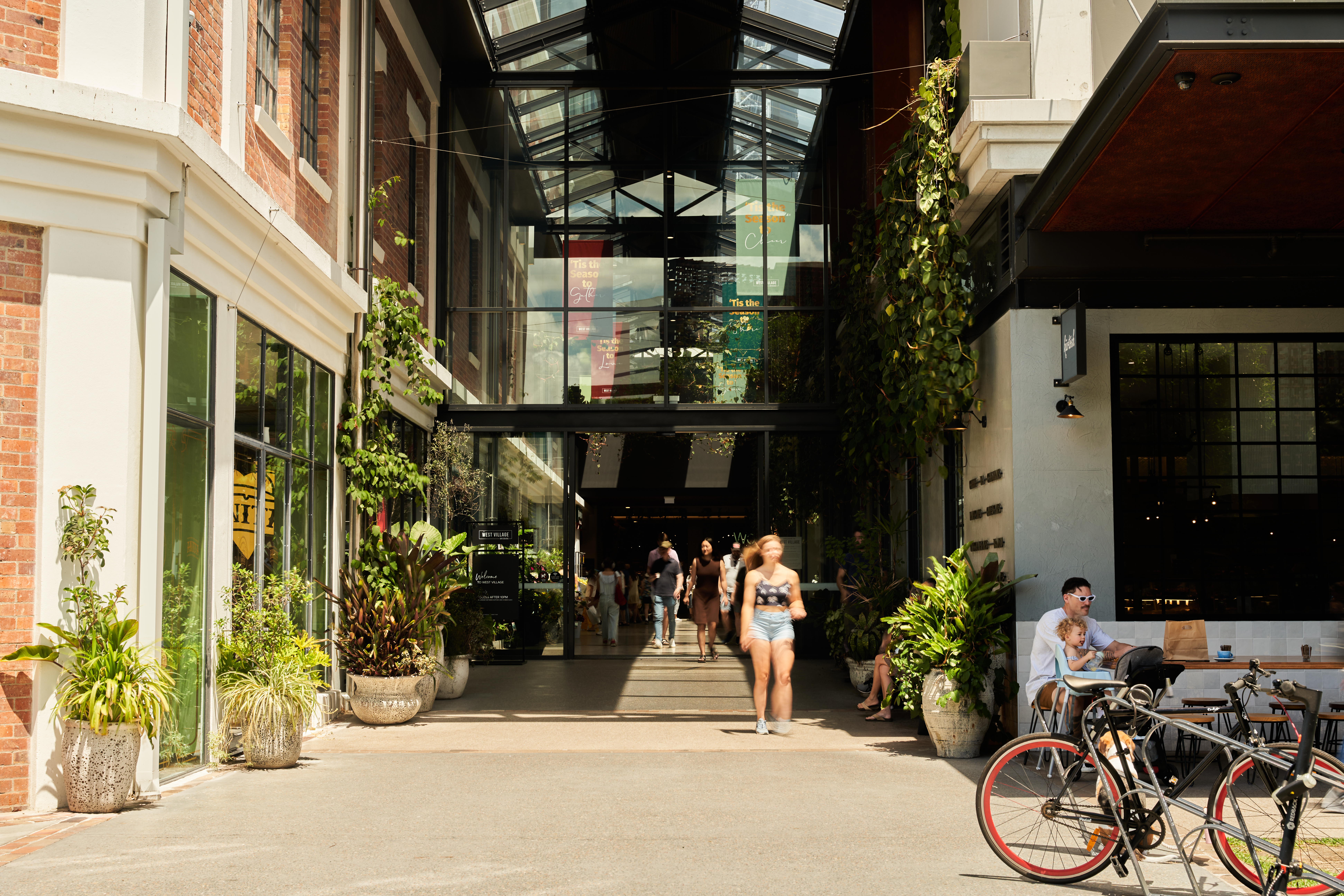CoreLogic’s national Home Value Index (HVI) rose 0.6% in November, the smallest monthly gain since the growth cycle commenced in February.
Despite the slowdown, the national HVI reached a new record high in November. After falling -7.5% from a peak in April 2022 to a trough in January 2023, housing values have bounced 8.3% higher over the past 10 months, demonstrating a clear ‘V’ shaped recovery.
While the headline trends have slowed, multi-speed conditions have become increasingly evident across the capitals, with three cities recording a decline in values over the month. These were Melbourne and Hobart, both down -0.1%, and Darwin, down -0.3%. Growth in Sydney home values also slowed sharply, reducing to 0.3%, the smallest monthly gain through the recovery cycle to-date.
Rental Markets Remain ‘Extremely Tight’
Rental markets remained extremely tight in November with capital city vacancy rates at 1.0%. Adelaide (0.3%), Perth (0.6%) and Melbourne (0.8%) are recording the lowest rental vacancy rates, while Sydney (1.2%) and Brisbane (1.3%) continue to record rates well below average levels.
Rents have been rising at the national level since August 2020 (40 months), with the quarterly trend ratcheting higher over the past two months.
However, there is some diversity, with rental conditions easing in some markets. Vacancy rates in Hobart (1.9%) and Canberra (1.7%) are higher relative to other markets, providing some respite across both house and unit rents.
At the other end of the rental growth spectrum is Perth, where growth in rental costs is leading the nation. House rents across Perth were up 3.1% over the three months ending November, while unit rents rose even faster, up 3.4%.
November also marks the first time in six months where rents have risen at a faster rate than home values, providing some support for gross rental yields nationally.
CoreLogic Research Director, Tim Lawless, said “Yields were on a recovery trajectory between early 2022 and early 2033 as housing values fell while rents rose. As housing values started to rise in February, gross yields stabilised, before once again compressing as growth in values outpaced rents,”
“With the rate of growth in home values now easing in most regions while rents continue to rise, we could see yields trend higher in some cities once again. However, when considering the cost of debt and higher maintenance costs, net yields are likely to remain very low for leveraged investors.”
Rental Conditions to Loosen
Rental conditions are set to loosen. It’s likely we are moving through a peak in net overseas migration, but other factors should see vacancy rates rise and rental growth slow further including a gradual normalisation in household size, and reduced rental demand as ‘HomeBuilder’ completions flow through.
Build-to-rent developments should also help to gradually add to rental supply, however we aren’t likely to see a material increase in built to rent supply until at least 2025.


